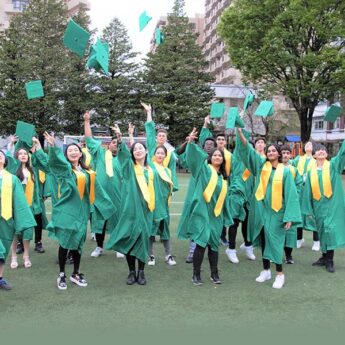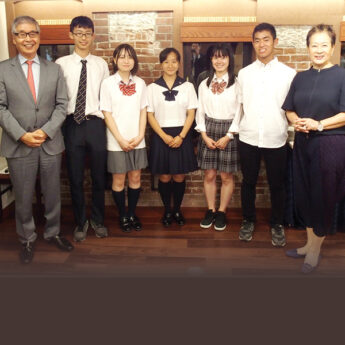Role of private kindergartens in Japan
- Philosophy contradicts Western approach to preschool learning
- Getting along with others is key to development
- Free play central to achieving social benchmarks
While in many Western countries the “Free to be you and me” attitude often prevails, Japan practices a more “Go along to get along” approach.
Within its kindergartens, however, the educational philosophy is one of play, freedom and autonomy. Globally, these pre-schools are widely researched, and upheld as model institutions.
Nationwide, there are roughly 13,000 public and private kindergartens. But only 55% of three- to six-year-old children attend, since formal education is not compulsory until elementary grade one.
The following is an inside look at one of Japan’s private kindergartens from my experience as a mother of three and my perspective as an education consultant, writer and researcher.
To start, we jumped through hoops to gain admission for my daughter, then three years old, including an intense entrance examination process. I attended school briefing sessions, sports festivals, class observations and annual bazaars.
Parents received one copy—allowing no room for error—of the application, to include multiple school-specific essays and a formal portrait of both the nuclear family and the child concerned.
Thereafter came interviews and exams, the latter for which most children had been preparing since age two.
Once acceptance was gained and before matriculation, several parent meetings were held to acquaint new families with the school’s educational philosophy and the support expected from them, as well as details of the numerous hand-made and size-specific bags and smocks required.
From her first day, my daughter played, played and played some more. Kindergarten is a three-year veritable paradise of unstructured child-directed play.
There are child-sized blocks, art supplies and several pet rabbits. But, the props indicate a more minimalist than materialistic approach. Imaginative, make-believe play is encouraged in order to promote creativity and there is no technology in sight. Product packaging and newspaper are reused to create anything from signs for a pet shop to a boat for pirates.
With little monitoring, the children wander throughout the building and playground. Outside facilities include slippery dips, a sandpit, a jungle gym and swings—and children play on them year round.
Unless called to the classroom for their daily gathering time or to eat their parent-prepared intricately designed boxed lunch, the children from ages three to six can all play together, similar to the Montessori approach, up to five hours per day.
Teachers play with the children—and direct them only when necessary—to encourage them to reach social developmental benchmarks.
For example, the goal of year one is for children to enjoy playing with one another and to be able to express themselves, while in year two, it is to cooperate and show empathy. In year three, children are to embrace their accomplishments and autonomy.
However, unless a child is crying, asking for help, or in possible serious danger, the teachers do not intervene or, rather, interfere with the children’s growth. Getting hurt, overcoming fears and navigating the minefield that is all types of people are deemed necessary for healthy development.
Parents are kept well informed. They are given a detailed five-minute recap of the events of the day when they pick up their children, and receive, at a minimum, twice-weekly letters that describe the children’s activities as well as the calendar of events.
Three times a year, the school conducts observations, at which attendance by parents is mandatory and a form must be completed to opt-out.
Other mandatory events include parent education classes, as the kindergarten takes responsibility for teaching parents how to parent.
Particular to my daughter’s kindergarten, during the first year, all meetings ended with a reminder that the kindergarten was not a place for mothers to socialise because if such relationships went sour, they would often negatively impact the children. Rather, parents were told, the institution exists solely to support the learning of the children.
Kindergarten is a place where Japanese youth first experience socialisation. It is where small children learn how to listen to, work with, and respect one another.
Through this, they gain the culturally entrenched sense of omoiyari, the intuitive and altruistic empathy on which communication is based in Japan. Accordingly, a strong moral code underpins society, enabling it to operate smoothly.
Ultimately, however, kindergarten is a place where its students seem bountifully happy. While the parent support required may not have a global equal, parents here, as throughout the world, will do almost anything to put a smile on their children’s faces, no matter the sacrifice.





